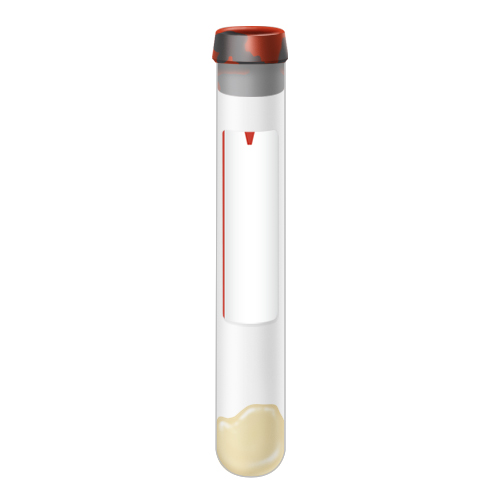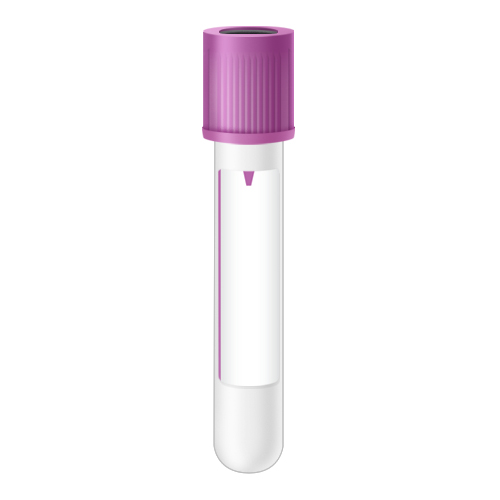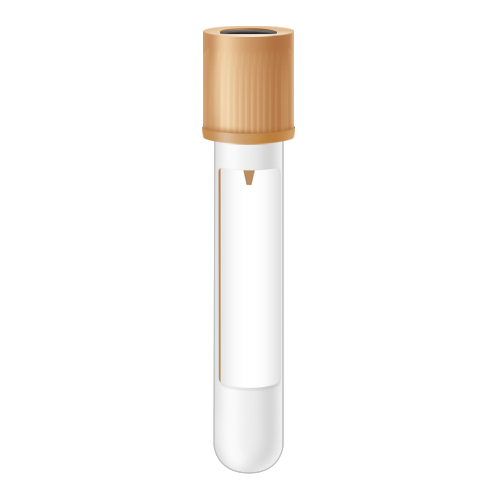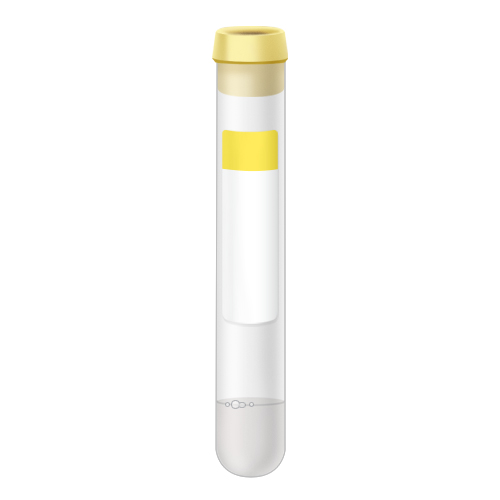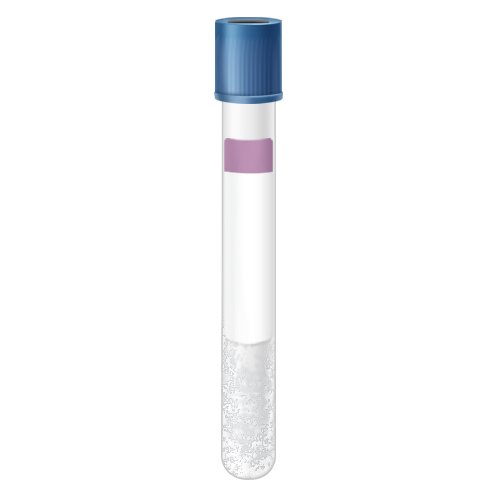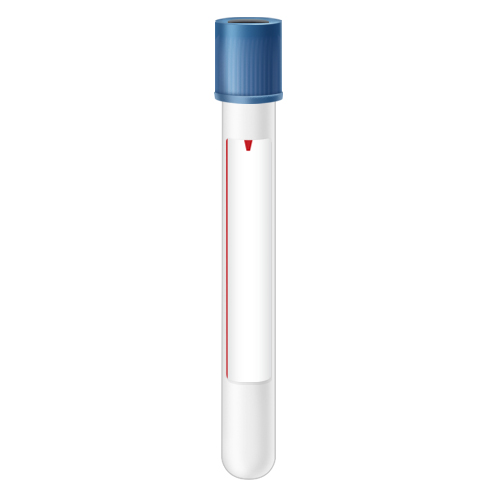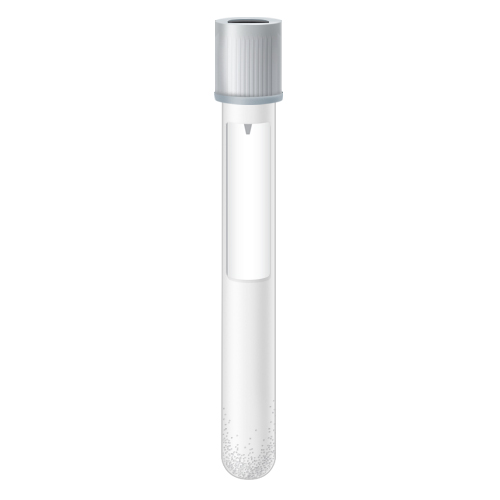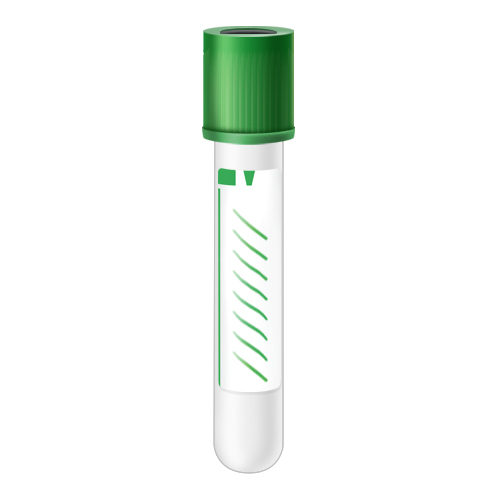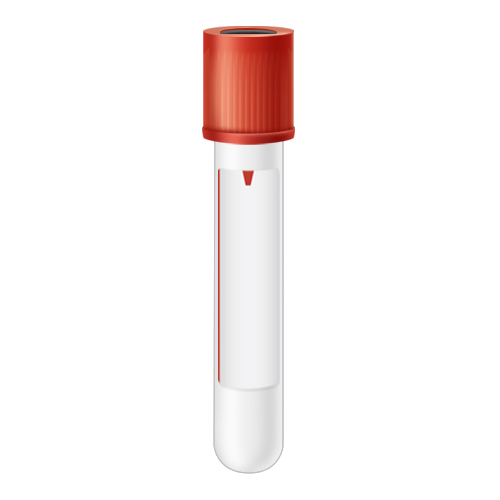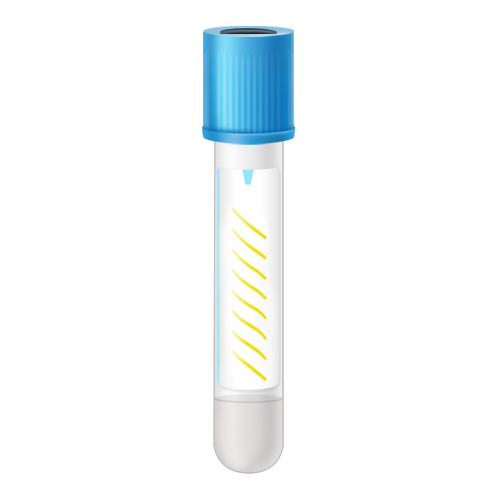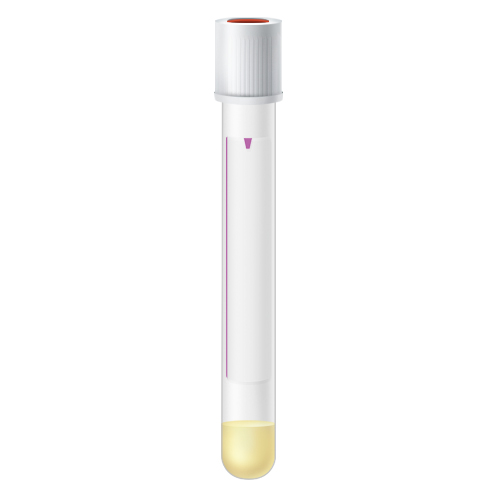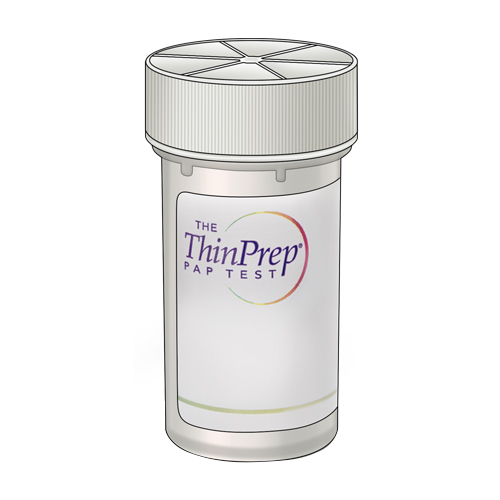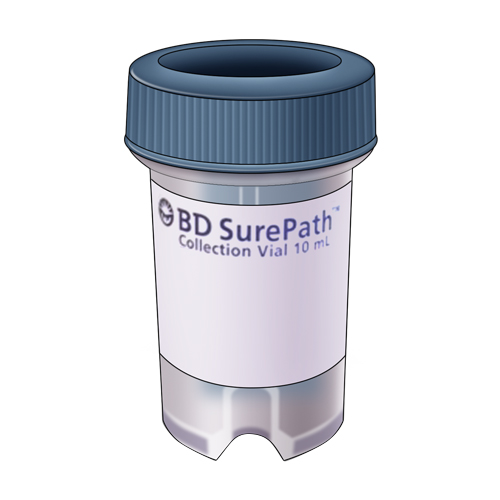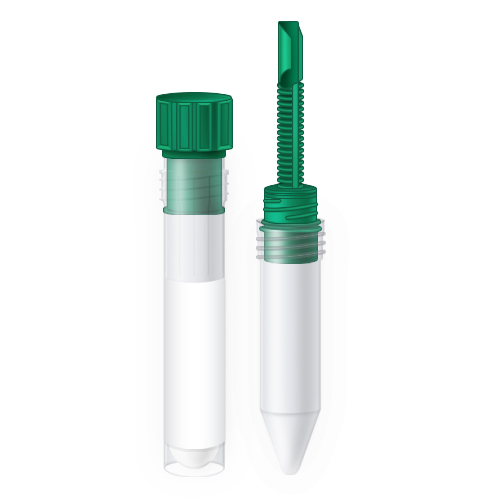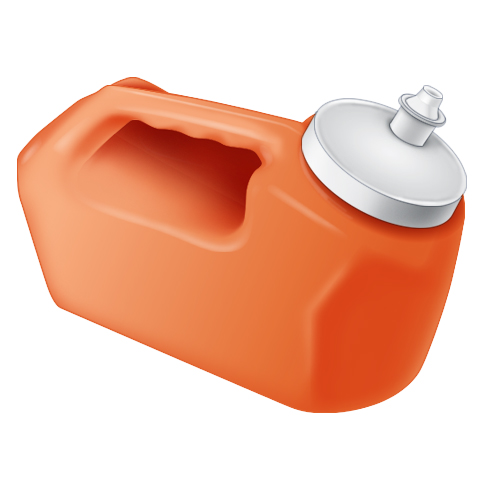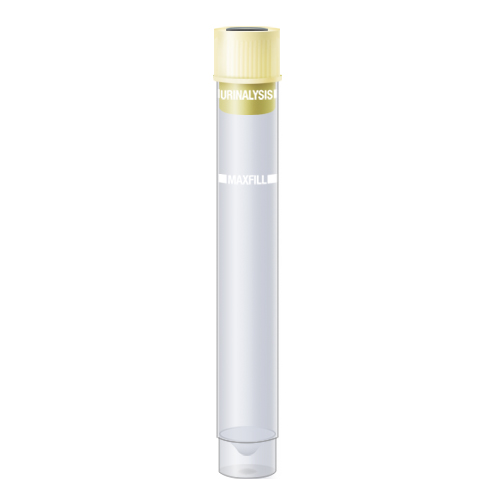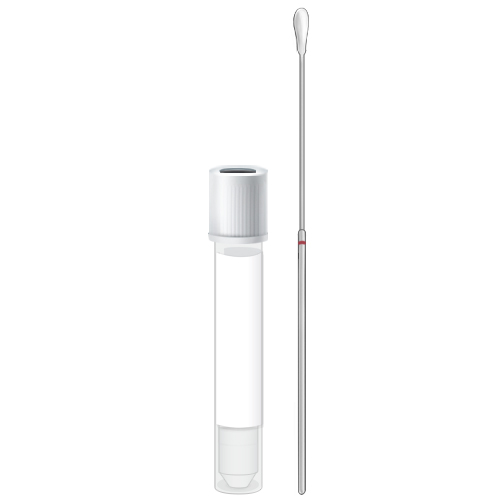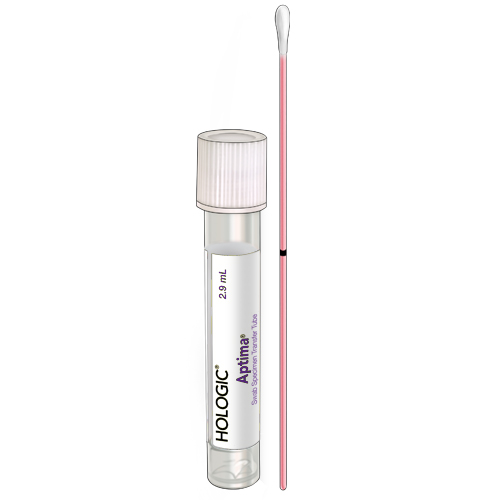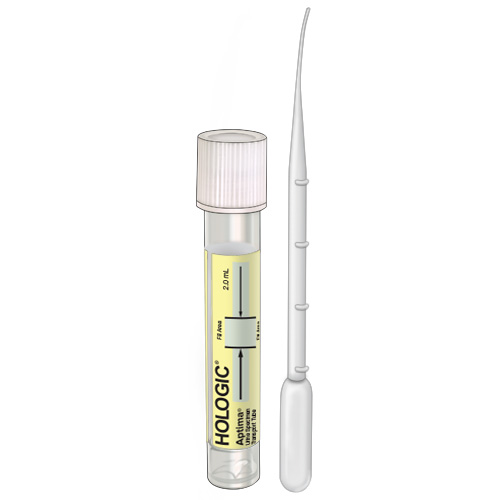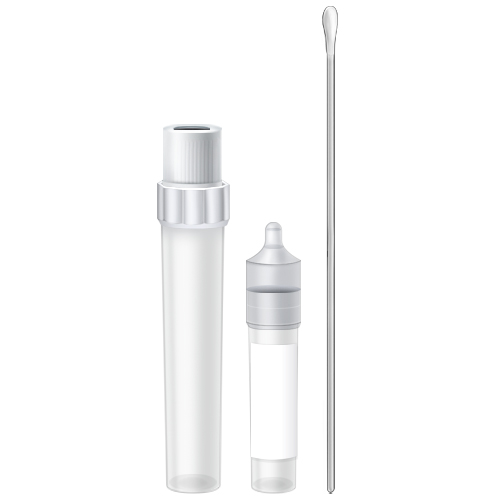Backlogs at private laboratories have ballooned, making it difficult to treat suffering patients and contain the pandemic.
The Atlantic
On the surface, the American COVID-19 testing regime has finally hit its stride. Over the past five days, the states have reported a daily average of 104,000 people tested, according to data assembled by the COVID Tracking Project, a volunteer collaboration incubated at The Atlantic. Today, the U.S. reported that 1 million people have been tested for the coronavirus—a milestone that the White House once promised it would hit the first week of March.
But things are not going as smoothly as the top-line numbers might suggest. Our reporting has unearthed a new coronavirus-testing crisis. Its main cause is not the federal government, nor state public-health labs, but the private companies that now dominate the country’s testing capacity. Testing backlogs have ballooned, slowing efficient patient care and delivering a heavily lagged view of the outbreak to decision makers.
Though the problem is national in scope, California is its known epicenter. Over the past week, the most populous state in the union—where the country’s first case of community transmission was identified, in late February—has managed to complete an average of only 2,136 tests each day, far fewer than other similarly populous states, according to our tracking data. Yet California also reports that more than 57,400 people have pending test results. Tens of thousands of Californians have been swabbed for the virus, but their samples have not yet been examined in a lab.
That is actually an improvement over the state of affairs this weekend, when California reported that more than 64,000 people had pending results. That number turned out to be incorrect, the result of an “inadvertent over-reporting error” at a private lab, the state said yesterday. But even with that downward adjustment—and even assuming that labs keep finding ways to test more samples per day—the numbers suggest that California will take weeks to work through the backlog.
In the meantime, California has completed fewer tests per capita than the country’s next five-largest states—and fewer tests per capita than any of the 34 states that regularly report their full testing data. New York has tested 13 times more people, on a per capita basis.
The overreporting error, the lackluster testing rate, and that persistently huge number of pending tests suggest something is rotten in the Golden State’s testing regime. Even more troubling, they raise the possibility that all across the country, huge numbers of results are stuck in purgatory.
Within the clinical-testing world, it is an open secret that Quest Diagnostics—one of the industry’s two big players, along with Labcorp—has struggled to scale up its operations in California. And yet, Quest has continued to accept specimens from across the country, leading to a huge backlog of tests at the company’s facility in San Juan Capistrano.
This failure accounts for at least some of the tens of thousands of pending tests reflected in the state’s reported numbers. According to experts, it isn’t Quest’s fault that the company has so far been unable to meet the technical challenge of testing thousands of people every day. Setting up such “high throughput” operations is difficult. But Quest failed to come to terms with its ongoing problems, and it continued to accept specimens—and generate revenue—when other laboratories could have done some of the tests faster.
Dina Greene encountered the problem firsthand. She is the regional laboratory director for Kaiser Permanente in Washington State. At first, she had Kaiser facilities send their suspected COVID-19 specimens to the University of Washington’s virology lab, an academic clinic that has become a major tester for the Seattle area. But then Quest came knocking, promising that it could deliver results within 24 to 48 hours.
She did a trial run with the company, but “we quickly realized that it was a no-go and we needed to stick with UW,” she told us. “Quest has overpromised to prestigious institutions and medical centers around the country, and people are used to relying on Quest for quick and cheap results, but those time and time again have proven not to have the best quality. And in this situation, it has been disastrous to patient care.” (Greene is also an associate professor at the UW School of Medicine.)
Testing isn’t important only because it helps track the pandemic. For hospitals, coronavirus tests are a crucial tool in managing scarce resources. If a patient comes in with COVID-19-like symptoms, doctors and nurses must act as if the patient has the virus. They must don personal protective equipment, or PPE, every time they interact with the patient until he or she tests negative for the coronavirus. Because the majority of tests still come back negative in most places, hospitals wind up burning through their supply of PPE while taking care of patients who do not actually have the coronavirus. There is a national shortage of PPE, and some places in California, including Los Angeles County, have already used up their emergency supply.
“Lab turnaround time is PPE,” says Geoff Baird, the acting laboratory-medicine chair at the University of Washington. “More than a day is a tragedy. Three to five is okay for outpatients if they can sit at home, but it doesn’t address the problem in a hospital.”
One physician at a community hospital in California, who requested anonymity to protect her job, echoed the sentiment that waiting on negative results hurts her ability to provide care. “Time to negative result for a mildly ill patient is maybe the most worrisome thing right now,” she told us, because it is creating “the bottleneck which will result in denial of care to patients we can save.”
At the same time, patients who do have COVID-19 also suffer from testing delays, because they cannot access all possible treatments, Greene said. “If you’re intubated, in critical care, and even your spouse has tested positive, if you don’t have a positive result, they can’t give you the experimental drugs,” she said.
A Quest spokesperson, Wendy Bost, told us that the company’s initial effort in California had been overwhelmed by demand. “There was a tremendous demand because we only had the one laboratory [in San Juan Capistrano] for about a week or more, and all the demand was being funneled into that laboratory,” she said. She claimed that the situation has improved for current testing. “The average turnaround time nationally is four to five days, from the time where we collect the specimen to when we report the results out,” Bost said. “However, there have been cases that have been several days longer than that.”
Quest did not disclose how many pending tests it has at the San Juan Capistrano facility or in California or in the nation.
Quest faces two major problems in dealing with its backlog, whatever its size. First, on March 9, Quest started using a labor-intensive, laboratory-developed test, Bost said. Then, sometime after March 13, it switched to using a highly automated, high-throughput test created by the Swiss manufacturer Roche.* The problem is that specimens collected for the first type of test cannot be used in the new machinery—and many of the early samples were meant for the laboratory-developed test. It does not matter how many high-speed Roche machines Quest is using now: They cannot be brought to bear on those other samples. This could be one reason for the existing backlog, though Bost told us she could not say so for sure.
The second problem is that the federal government has asked that certain tests—such as those for hospitalized people and frontline health workers—be prioritized. But those early samples probably do not have the metadata attached to them that would allow Quest to move them higher up in the queue. So samples meant for the slower test must simply be run on a first in, first out basis.
Both of these problems were, to some degree, foreseeable. Quest must have known that it was building an enormous backlog, yet it did not turn down the revenue that came with accepting more testing specimens. Bost said that her company was trying to “support the public-health response” in continuing to take specimens.
By contrast, when the Utah-based nonprofit ARUP Laboratories realized that it could not fulfill any more COVID-19 tests, it refused to take more specimens. In mid-March, the University of Washington hit a similar wall, and stopped taking specimens for a time. The Mayo Clinic laboratory in Minnesota, which often tests samples from across the country, has slowly opened up its capacity to avoid running a backlog.
“It may be that Quest has mountains and mountains of specimens that they can’t get to,” said a clinical-laboratory director who requested anonymity for fear of damaging their relationship with Quest. “If so, they should tell someone.”
And though we know about the backlog in California, the problem may—and probably does—extend beyond the state, and for that matter beyond Quest too, based on our conversations with laboratory-testing experts, public statements by governors, and the accounts of patients and physicians.
Unlike the country’s first testing crisis, which was defined by a needless struggle between federal agencies and a pattern of blundering from the White House, fault for the new testing problem resides largely in the private sector.
But the Trump administration did play a role in the present crisis. Early this month, the White House Coronavirus Task Force realized that most of the country’s testing capacity existed in commercial laboratories. In particular, those labs specialized in the logistics of testing, the raw expertise needed to specimens in and results out. So the administration leaned into what Vice President Mike Pence called “not just a whole-of-government approach, but a whole-of-America approach.”
Read: The president is trapped
On Wednesday, March 4, the vice president stood next to lab-testing executives in the White House and made solemn assurances to the American people. The Centers for Disease Control and Prevention had abruptly stopped reporting the number of Americans tested for the coronavirus, but Pence promised that materials for “1.5 million tests are arriving at hospitals around the country.” Alex Azar, the Health and Human Services secretary, went even further, thanking his colleagues for “unbelievably fast work that is leading to 1 million tests being available by the end of the week.”
Two days later, speaking alongside President Trump at CDC headquarters in Atlanta, Azar claimed there would be “up to 4 million tests available in the United States by the end of next week.” Then the president said: “Anybody that wants a test can get a test. That’s what the bottom line is.” That was not true then, and it is not true now.
The net effect of these announcements was to raise hopes and, with them, demand for tests. Americans got the impression that hundreds of thousands of tests were available or would be soon. They were not. And this put all of the nation’s laboratories in an impossible position.
On the day of Trump’s CDC briefing, the country had conducted perhaps 2,000 tests total, according to our investigation for The Atlantic. Twenty-six days have elapsed since Azar first promised that “1 million tests” would soon come online, and 17 days have passed since his deadline for “up to 4 million tests” becoming available. Yet just today the U.S. passed 1 million cumulative people tested for the coronavirus. It is a major accomplishment and a testament to the thousands of labs and their workers across the country. But it is far short of the timeline that officials promised.
And while testing has ramped up in absolute volume—the country is now doing roughly 100,000 tests a day—the United States still lags behind other hard-hit countries in per capita testing. In Italy and South Korea, roughly 800 of every 100,000 people have been tested for the virus. But in the United States, only about 320 of every 100,000 have been tested. Testing is also wildly uneven among states. While New York, Washington, and Massachusetts have experienced large outbreaks, they’ve also tested extensively. But in large states like Georgia and Texas (and of course California), the number of tests that have been completed remains troublingly small.
The public-private partnership can work. In New York, the company BioReference Laboratories made the decision to bring up all available COVID-19 test assays, regardless of manufacturer, in the last week of February. “It was pretty clear at that time that the chance of this breaking open was pretty much certain,” Jon Cohen, the executive chairman of BioReference, told us. “It was just a matter of when and how big it was gonna be.” The company brought online five different platforms for testing, including Roche’s.
As BioReference scaled up, New York Governor Andrew Cuomo brokered a deal for it to provide testing capacity to the state. “To his credit, [he] actually reached out,” Cohen said. (The two men had a preexisting relationship.) Working with Northwell Health, the largest New York health-care provider, BioReference committed much of its processing capacity to the state. “The result of that is that we ended up being the lab that is doing all the drive-throughs of all of New York State,” Cohen said, “including New Rochelle,” the site of one of the most intense early outbreaks. He said his company’s turnaround times are 24 to 48 hours for outpatient testing and “within 24 hours” for hospitals.
Through BioReference and other commercial companies, as well as its own laboratories, New York now has almost 20 percent of all the completed tests in the United States. As a consequence, the number of confirmed cases has skyrocketed, but at least New York knows the severity of its outbreak.
If New York is on one end of the spectrum, California is on the other. What’s unclear is how common California’s and Quest’s situations are. No other state reports that it has such a huge backlog of tests stuck in private laboratories, but California’s reporting idiosyncrasy likely reflects reality better than other states’ reporting. For example, Illinois Governor J. B. Pritzker tweeted yesterday that private-lab results in his state are taking “4-7 days and sometimes even up to 10 days.”
In the best-case scenario, new capacity rises to meet stabilizing demand for tests. Quest’s Bost said that “in recent days, our capacity, which now exceeds 30,000 tests a day, has been at or above the level of demand.” So perhaps the backlogs are no longer growing.
One month ago today, the CDC still claimed that only 15 Americans were sick with the coronavirus. Community transmission of the virus seemed like a fluke, limited to the West Coast or perhaps just Northern California.
It’s now clear that this was an illusion: The virus was already everywhere. Even rudimentary models suggest that roughly 10,000 Americans may have been infected by March 1. Looking back with barely any hindsight at all, February already seems like a lost month, a different era in American history. In the past several weeks, much of the country has moved swiftly to confront the coronavirus, which has today infected at least 184,000 Americans and killed more than 3,746. A month from now, the backlog in California may seem just as naive as the CDC’s minuscule count from February seems to us today. California is the flare alerting the nation to systemic problems in our testing regime. Will we heed it?
* This article previously misstated where Roche is based. It is a Swiss company, not a German one.
Click here for original post on The Atlantic

